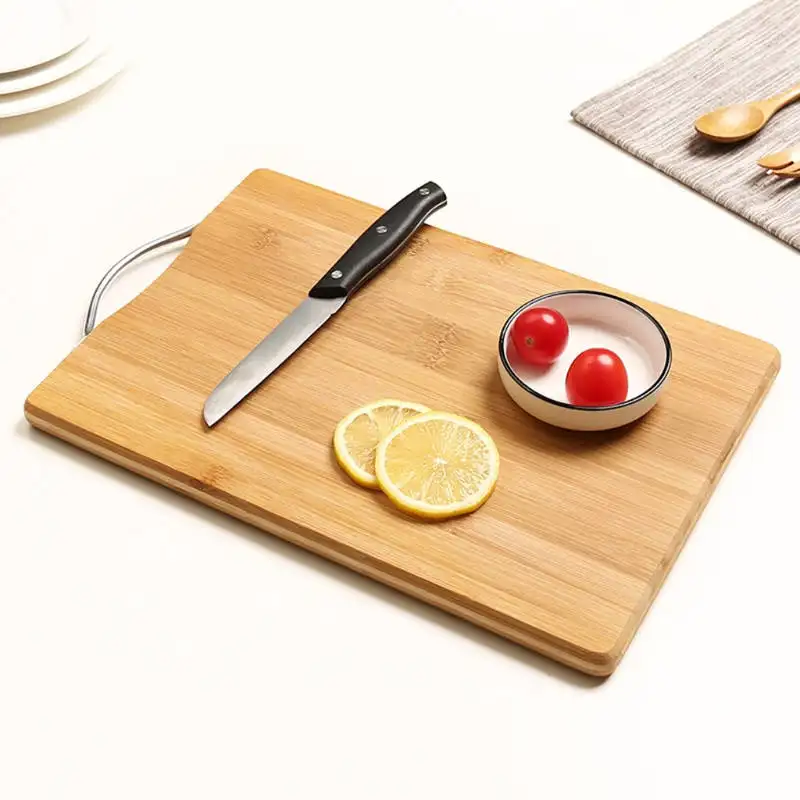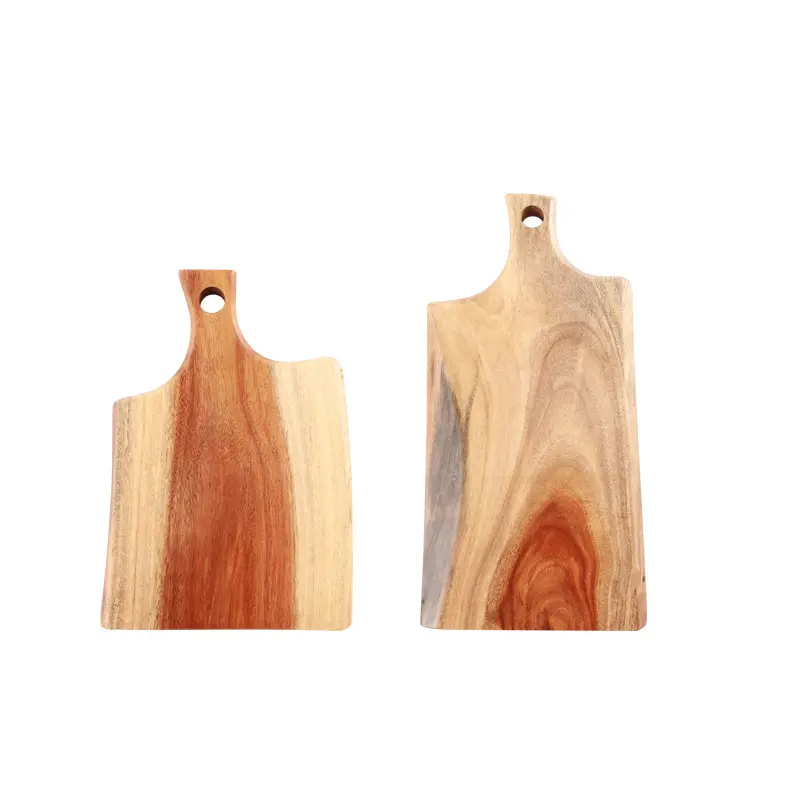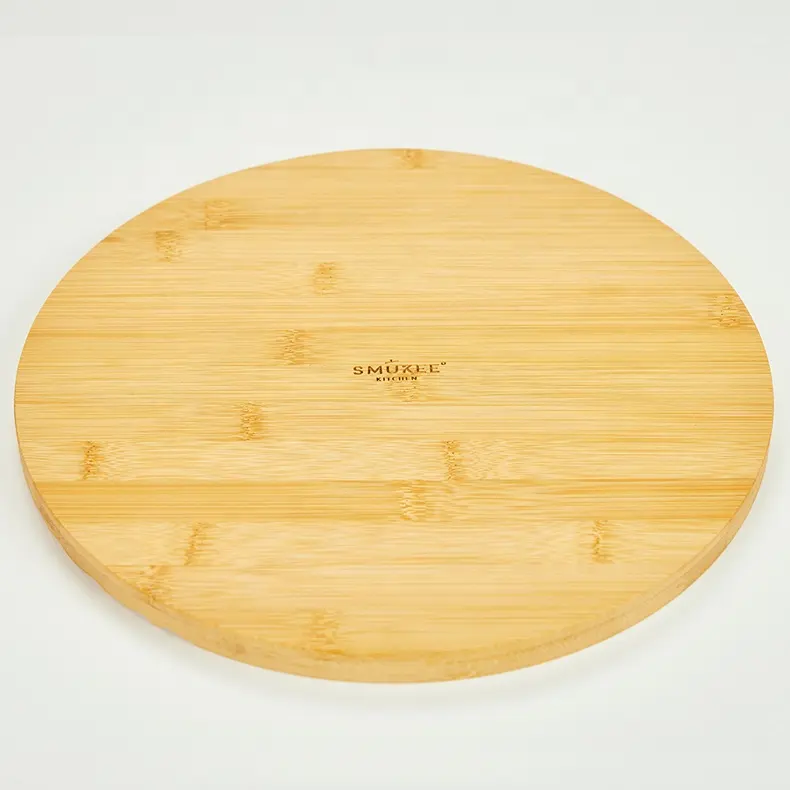Choosing wood cutting boards for your kitchen aligns with eco-friendly and sustainable practices. Here are the sustainable benefits of using wood cutting boards:
- Renewable Resource:
- Wood is a renewable resource, and many types of wood used for cutting boards, such as bamboo and acacia, are fast-growing and readily available. This makes them a sustainable choice compared to materials that are less easily replenished.
- Reduced Carbon Footprint:
- Wood cutting boards often have a lower carbon footprint compared to plastic or other materials, especially when sourced locally. Local sourcing reduces transportation-related emissions.
- Biodegradability:
- Wood cutting boards are biodegradable, meaning they can naturally decompose over time. In contrast, plastic cutting boards may contribute to environmental pollution and take a long time to break down.
- Sustainable Forestry Practices:
- Many wood cutting board manufacturers prioritize sustainable forestry practices. This involves harvesting wood in a way that ensures the long-term health of the forest, minimizes environmental impact, and promotes responsible management.
- Longevity and Durability:
- High-quality wood cutting boards, when properly maintained, can have a long lifespan. This durability reduces the need for frequent replacements, contributing to a more sustainable kitchen.
- Low Energy Production:
- The production of wood cutting boards typically requires less energy compared to the manufacturing processes of some alternative materials. This contributes to overall energy conservation and a more eco-friendly product.
- Natural Antibacterial Properties:
- Certain types of wood, such as maple, walnut, and bamboo, have natural antibacterial properties. This can contribute to a hygienic kitchen environment without the need for harsh chemical additives.
- Recyclability:
- In the end, if a wood cutting board reaches the end of its life, it can be recycled or composted, further reducing its environmental impact.
- Supporting Sustainable Brands:
- Choosing wood cutting boards from brands that prioritize sustainability encourages responsible business practices. Many companies are committed to eco-friendly sourcing, manufacturing, and packaging.
- Versatility and Multi-Purpose Use:
- Wood cutting boards can serve multiple purposes in the kitchen, such as chopping, slicing, and serving. This versatility reduces the need for single-use items and promotes a more sustainable and minimalist kitchen.
When incorporating wood cutting boards into your kitchen, it’s essential to choose products from reputable manufacturers committed to sustainable practices. Additionally, proper care and maintenance, such as using food-safe finishes and avoiding excessive moisture, ensure the longevity of the cutting boards and contribute to a more sustainable kitchen environment.



